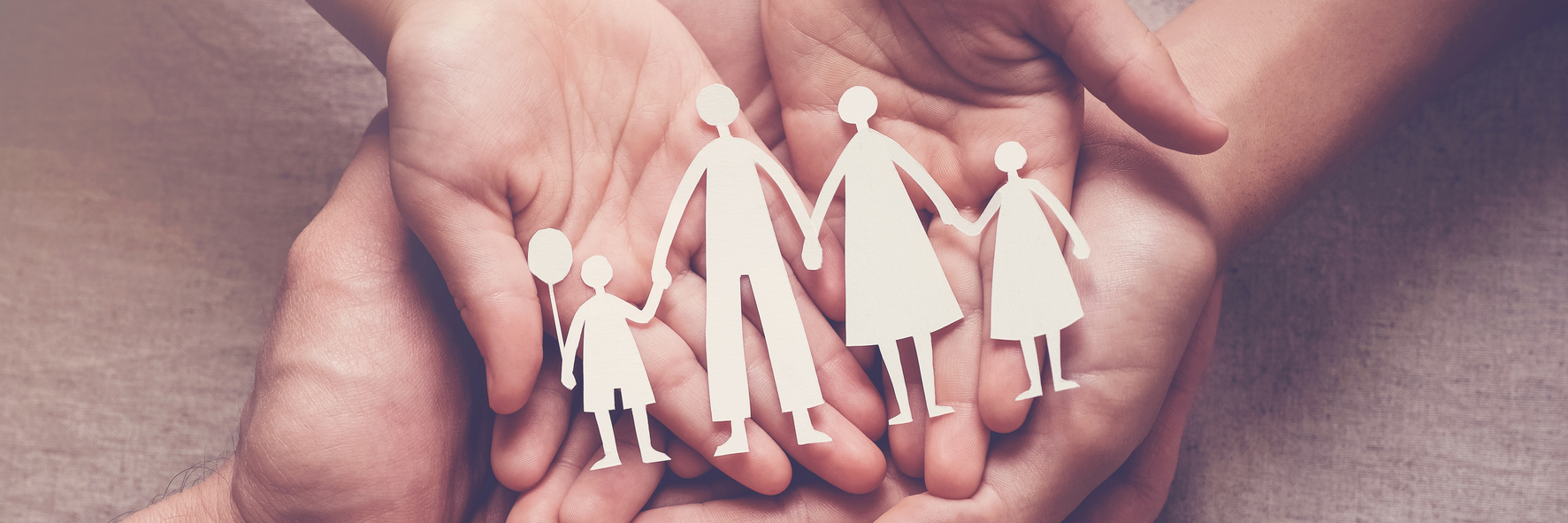
COVID-19 magnified America’s housing crisis for families with children
Editor’s note: This is the third in a series of blog posts examining how the pandemic has affected children, youth, and young adults in the U.S.
Homelessness and insecure housing have received attention from policy researchers as growing evidence of their harm has surfaced. Links between experiencing homelessness and poor health outcomes are long-lasting and harmful for marginalized communities and families, especially those with young children.
A Children’s Health Watch study of caregivers of children aged 0-48 months in 2018, well before the pandemic, found that 34 percent were behind in rent, experienced multiple moves, and/or had a history of homelessness. For the 27 percent behind in rent, there were increased odds of fair or poor child health and caregiver health, maternal depression, and a lifetime history of hospitalization for children.
Children who are homeless are more likely to experience developmental delays, asthma exacerbations, obesity, dental and vision problems, and mental health disorders.
The economic toll of COVID 19 on families makes this link more pertinent than ever before, as more families face the economic fallout of the pandemic and shelters struggle to meet an increasing need with decreased capacity. The effect of housing needs was magnified and also led to more doctors becoming more involved in housing policy.

Children who are homeless are more likely to experience developmental delays, asthma exacerbations, obesity, dental and vision problems, and mental health disorders.
The Census Bureau’s Household Pulse survey data showed a consistent trend throughout the pandemic months that many renters are struggling to afford their housing. This fact was especially true for households with low incomes, , people of color, and households with children. In the most recent findings, covering April 28 through May 10, close to one in five households with children (18.5 percent) were not caught up on their rent, compared to 12 percent of households without children. Among Black households (with or without children), an especially alarming 28 percent were behind in rent. This was also true of 17.5 percent of Latino households and 20 percent of Asian American households, while white households were below the national average, at 8 percent. Although the eviction moratorium now in place is protecting many families from being turned out of their housing, the rent is still owed, and families remain in a precarious position. Some have moved out in anticipation of eviction, sometimes living in unstable situations with relatives, which can often be one step away from homelessness.
People who are experiencing homelessness face unique barriers in the face of illness and public health measures.
Even before the pandemic, 50 percent of families in shelters had at least one Black parent, despite making up 14 percent of the population.
COVID-19 has amplified both the individual and societal harms of housing instability and homelessness. Despite the benefits provided by COVID-19 relief legislation, for many this was not enough to cover the drastic shift in income and lifestyle that the pandemic brought. Those who do not have permanent homes are more likely to face evictions due to over-occupancy, have to live in crowded congregate living, and may not be able to be reached in contact tracing efforts. Homelessness or frequent moves also strongly disrupt children’s schooling in a remote environment, further disrupting academic and social achievement at a crucial developmental checkpoint. Public school systems reported over 1.5 million children were experiencing homelessness well before the pandemic (in 2017-2018). Not graduating from high school is the single most important risk factor for homelessness, potentially keeping these children trapped in a cycle of housing insecurity.
Homeless people’s limitations in protecting themselves from COVID and the associated health effects of disrupting housing has sparked an interest in using public health data to demonstrate the need to house people. This has become a ticking clock for policymakers, as the longer that homelessness continues, the more severe health outcomes become.

